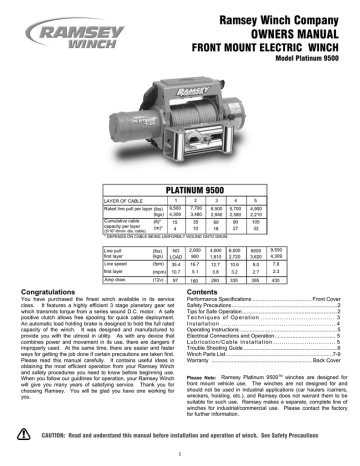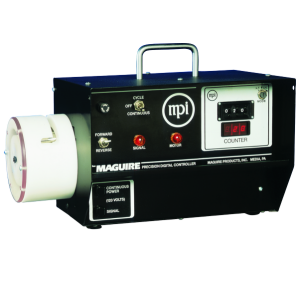



It can be concluded therefore that a screen printed conductive ink pattern, when printed on a degradable substrate can offer a viable alternative to current printed circuit boards and can be manufactured using existing technology and manufacturing processes. Comparisons of the electronic assemblies to an industrial IPC standard illustrated that it is possible to develop a circuit, which is deemed acceptable under this standard. It was also shown that the substrate was compatible with electronic placement technology and convection oven. Experimental trials have shown that by using a stainless steel stencil 150mm thick in conjunction with an MPM Ultraprint machine with a printing speed of 89mm/s, a squeegee pressure of 0.97bar and a downstop of 1.9mm successful printing of the electrically conductive adhesive was achieved. Existing manufacturing equipment and production process were adopted in order to establish the compatibility of a sustainable and environmental friendly PCB with these processes. This paper investigates the possibility of utilising an additive screen printing process with conductive ink and adhesive together with a degradable substrate to identify whether this process offers a viable alternative to current subtractive methods of PCB manufacture.


 0 kommentar(er)
0 kommentar(er)
